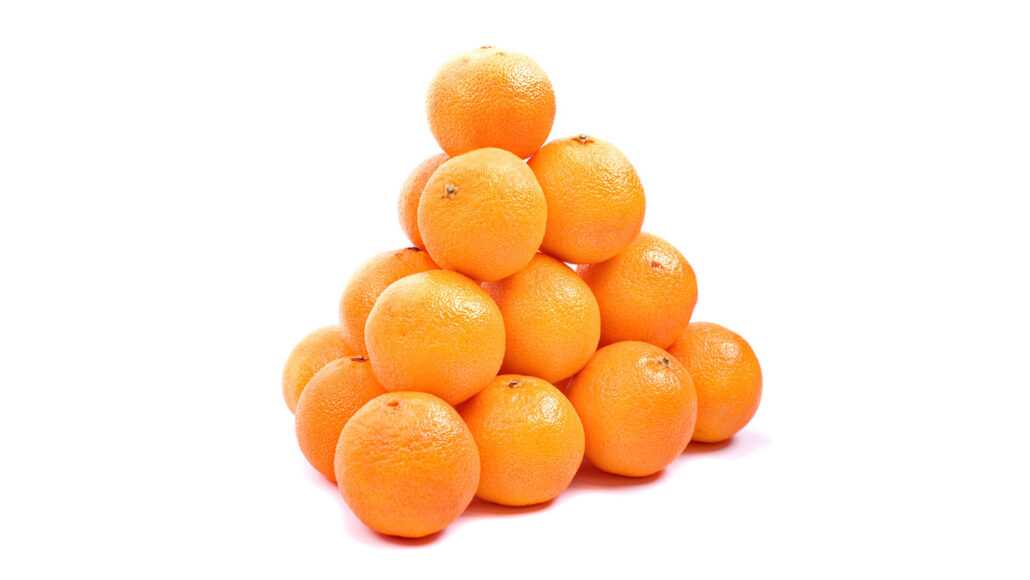Questions for ‘Geometry can shape our world in unexpected but useful ways’

Kepler surmised that for round shapes — be they oranges or cannon balls — the most stable way to stack them is as a pyramid. It would take several centuries, but geometers would ultimately prove this. And that proof would also lead to advances in stacking signals for electronic-data transmission.
dgstudiodg/istock/Getty Images Plus